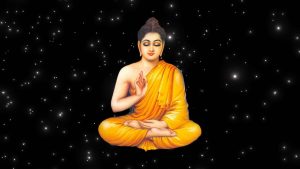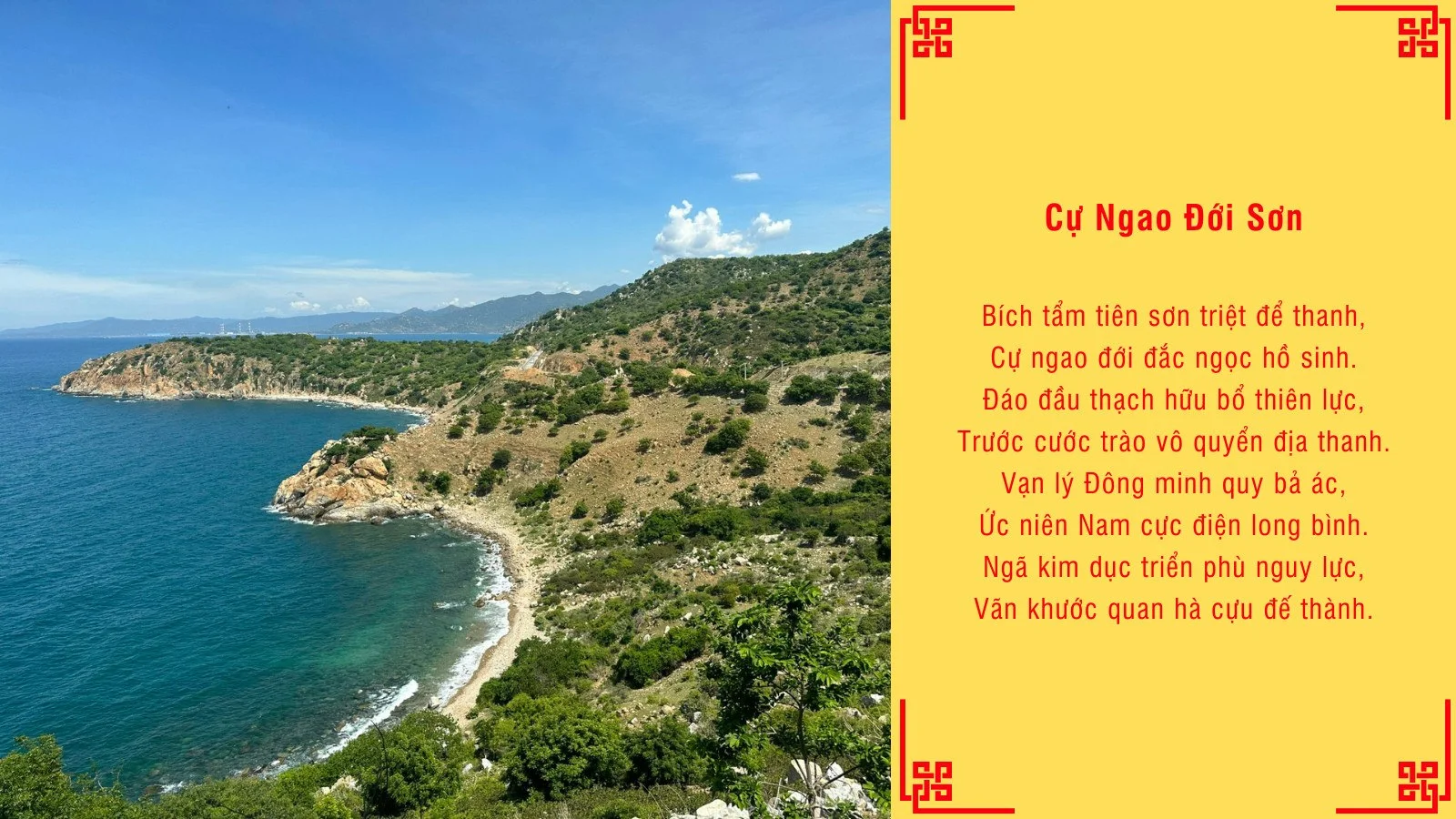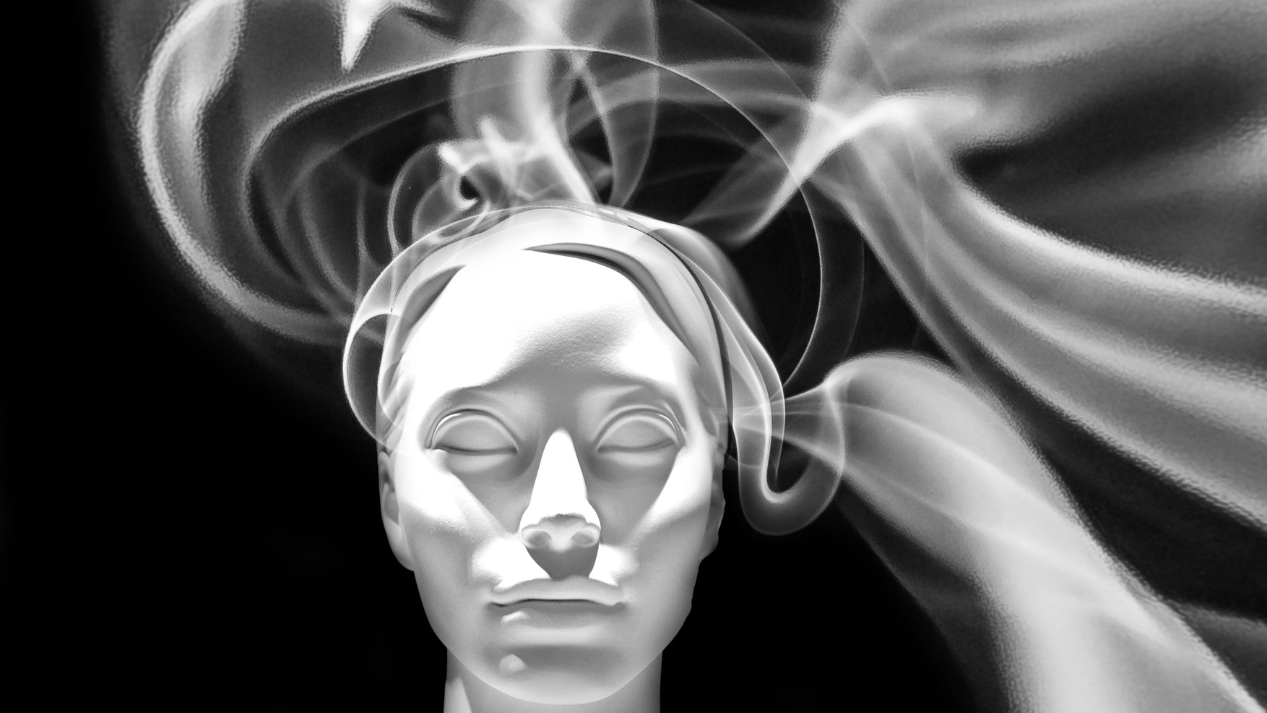📖 The book The Buddha Teaches Once More
Part 1: The Mystery of Origins
Chapter 15: “Cự Ngao Đới Sơn” – Unveiling the Land of the Buddha
“Cự Ngao Đới Sơn” is a poem composed by Lord Trạng Trình, the incarnation of the Fourth Ancient Buddha, about 500 years ago. In this poem, he reveals two major pieces of information: the revelation of the Buddha’s land, where the Supreme God and Maitreya will appear to hold The Dragon Flower Assembly, and information about The Fengshen Bang, also known as The Investiture of the Gods.
Minh Nguyet respectfully invites all to listen as the Venerable Buddha unveils the hidden meanings within this sacred prophecy.
Unveiling the Buddha’s Land

To begin, one must first comprehend the true meaning of “Cự Ngao”. It is not merely a mythical creature but a sacred entity, a colossal turtle formed of earth, stones, and mountains, representing a place of divine significance. This is where the Buddha shall manifest, establishing a spiritual center to enlighten and guide sentient beings.
The footage you are now witnessing captures the true image of the sacred turtle as described in the prophetic poem Cự Ngao Đới Sơn, which is also referred to as the Golden Turtle God.
To grasp the depth of this prophecy, we must begin by analyzing the title of the poem itself.
Decoding the title of the poem
- “Cự Ngao” specifically means a large turtle.
- “Đới” means to bear.
- “Sơn” means mountain. Additionally, “Sơn” is a hidden meaning of “Sơn Son Thếp Vàng”, which means “gilded with gold and lacquer”. “Sơn Son Thếp Vàng” is a phrase that refers to sacred places.
Therefore, “Cự Ngao Đới Sơn” depicts a representation of a large turtle bearing an entire mountain, to symbolize that this turtle has been chosen to represent the sacred Buddha’s land. When people recognize this sacred turtle, it signifies the moment the Buddha has descended to the world.
Analyzing the hidden meaning within the poem
Before delving into the analysis of the hidden meanings, we need to first examine the details of the verses:
Cự ngao đới đắc ngọc hồ sinh.
Đáo đầu thạch hữu bổ thiên lực,
Trước cước trào vô quyển địa thanh.
Vạn lý Đông minh quy bả ác,
Ức niên Nam cực điện long bình.
Ngã kim dục triển phù nguy lực,
Vãn khước quan hà cựu đế thành.Lord Trạng Trình
This poem carries multiple meanings, including a basic meaning and hidden meanings containing secrets about the Buddha’s land. In this Dharma teaching, we will focus solely on analyzing the hidden meanings to uncover important information about the Buddha’s land.
To reveal the hidden meanings, we will employ the Dhāraṇī language to analyze each line.
1️⃣“Bích tẩm tiên sơn triệt để thanh”
In this line, there are important keywords that need to be decoded:
- “Bích tẩm” is a reversal that becomes “Bẩm tích”, where “bẩm” refers to what has already existed, and “tích” means something that has been there for a long time. Therefore, “bẩm tích” signifies that this is the land the Buddha has prepared long ago to save sentient beings.
- “Tiên Sơn” implies the mountain of immortals and also refers to the area before the mountain, which points to the sea in front of the mountain.
- “Triệt để thanh” signifies that this sea must be kept pure, as “thanh” also implies the color blue.
- Additionally, “Triệt để thanh” can be reversed to “tranh để thiệt” which means “competing for loss”. This implies that any projects undertaken in this sacred land or sea may incur losses.
Therefore, this line alludes to a sacred Buddha’s land that the Buddha has long prepared to save sentient beings. This land is described to include both the mountain of immortals and the sea in front of the mountain, which must be kept pure. The line also implies that any projects or activities undertaken here may incur losses, emphasizing the sacredness and the need to protect and preserve the purity of this place.
2️⃣“Cự ngao đới đắc ngọc hồ sinh”
This line contains two major hidden meanings that we need to put effort into uncovering in order to fully understand its significance.
(The first meaning) describes a large turtle carrying the final pearl, which symbolizes success and victory. At the same time, the turtle represents a sacred place filled with joy and vitality.
This meaning is expressed through the following three keywords:
- “Cự Ngao” means the large turtle.
- “Đắc” signifies maturity, implying that the large turtle carrying the final pearl symbolizes success and victory.
- “Hồ sinh” suggests joyfulness and an abundance of vitality. This is because “Hồ” is a hidden form of “Hồ hởi”, meaning “joyfulness”, and “sinh” is a hidden form of “sinh khí”, meaning “vitality”.
(The second meaning) This implies that this is a sacred land where the Jade Emperor, who is the Supreme God, will descend and reside; He will guide sentient beings and revive the world after hardships and misfortune.
The key phrases conveying this meaning are:
- “Ngọc” is a hidden reference to “Ngọc Hoàng Thượng Đế”, meaning the Jade Emperor Supreme Being.
- “Cự Ngao” is a play on words that becomes “Cao ngự”. Here, “Cao” is a hidden reference to “Cao Đài Tiên Ông Đại Bồ Tát Ma Ha Tát” in Caodaism, and “Ngự” implies “giáng ngự”, meaning to descend and reside. Therefore, this phrase implies that the Supreme God, or the Higher Power, will descend upon this land.
- “Hồ sinh” is a hidden reference to “hồi sinh”, meaning revival. This suggests that when He appears, everything will be revived.
3️⃣ “Đáo đầu thạch hữu bổ thiên lực”
This verse describes the topography of the Buddha’s land. Let’s analyze each word to understand it better.
- “Đáo đầu thạch” means arriving at a land with a high rock peak. When observed in reality, this high rock resembles the image of a Buddha.
- “Hữu” in Sino-Vietnamese has two meanings: “has” and “to the right”.
- “Bổ thiên” is a play on words that becomes “biển thôn”, suggesting that to the right of the rock, which resembles the image of a Buddha, there is a village sea; this refers to the sea of Thương Diêm village.
- “Lực” refers to a rugged and steep terrain.
Thus, the line “Đáo đầu thạch hữu bổ thiên lực” describes the unique geographical features of the Buddha’s land, where there are both mountains and the sea. Here, there is a high rock that resembles the image of a Buddha, and to the right of this rock is the village sea. When observing the actual sea, we will see a landscape resembling a large turtle carrying a mountain. This geographic area belongs to Thương Diêm village, in Ninh Thuận province, Vietnam, a place that is characterized by rugged and steep terrain.
4️⃣“Trước cước trào vô quyển địa thanh”
This line implies that in front of the turtle’s legs, sea waves roll in to purify the sacred land.
- The phrase “Địa thanh” is phonetically transformed into “địa thánh”, meaning “sacred land”, referring to the land of divine beings.
- Additionally, “Thanh” can mean “clean” or “sound”.
5️⃣“Vạn lý Đông minh quy bả ác”
This line implies that when this poem is decoded, the Buddha is living in Vietnam. At that time, Buddhism is in its declining phase, and He is preparing to appear to help sentient beings overcome this period of hardship.
Let us analyze some important keywords to understand the hidden meaning from the higher beings.
- The phrase “Vạn lý” is a hidden reference to “Vạn” (卐) and “Chân lý” (truth), symbolizing the representation of a Buddha.
- “Đông minh” means “đông sáng”, which is reversed to “đang sống”, meaning “currently living”, implying that when this poem is being decoded, a Buddha is living in Vietnam.
- The phrase “Quy bả” is reversed to “qua bĩ”, meaning to pass through hardship.
- The phrase “Bả ác” is a hidden form of “bác cả”, where “bác” refers to the hexagram “Sơn Địa Bác” (Mountain over Earth – Split), which symbolizes collapse and decay, and “cả” means everything. Thus, “bác cả” implies that Buddhism is in its declining phase, the Degenerate Dharma period, and can no longer guide sentient beings.
6️⃣“Ức niên Nam cực điện long bình”
To understand this line, we need to decode several important keywords:
- The phrase “Ức niên” literally means 100,000 years; however, in reality, it should be understood as an incredibly long period of time.
- “Nam” implies the South, referring to Vietnam.
- “Cực” implies great prosperity and also refers to the Pure Land in this world.
- “Điện long” means “dragon palace”.
- The word “Long” is a hidden reference to “Lạc Long Quân”, meaning Lord Lạc Long Quân. This indicates that the higher being is referring to Maitreya Buddha, as Lạc Long Quân is one of the incarnations of Maitreya Buddha.
- “Bình” is part of the term “bình đẳng”, which means equality.Therefore, the line “Ức niên Nam cực điện long bình” implies that Lord Lạc Long Quân will return to lead Vietnam into a period of great prosperity, aiming for justice and equality over an incredibly long period.
At this point, it should be understood that Maitreya Buddha will descend alongside Shakyamuni Buddha in this sacred Buddha’s land. They will use the Buddha’s land of Vietnam as the center to guide all sentient beings in the Saha World.
…
The remaining two lines relate to the history of Vietnam, so we can temporarily set them aside.




